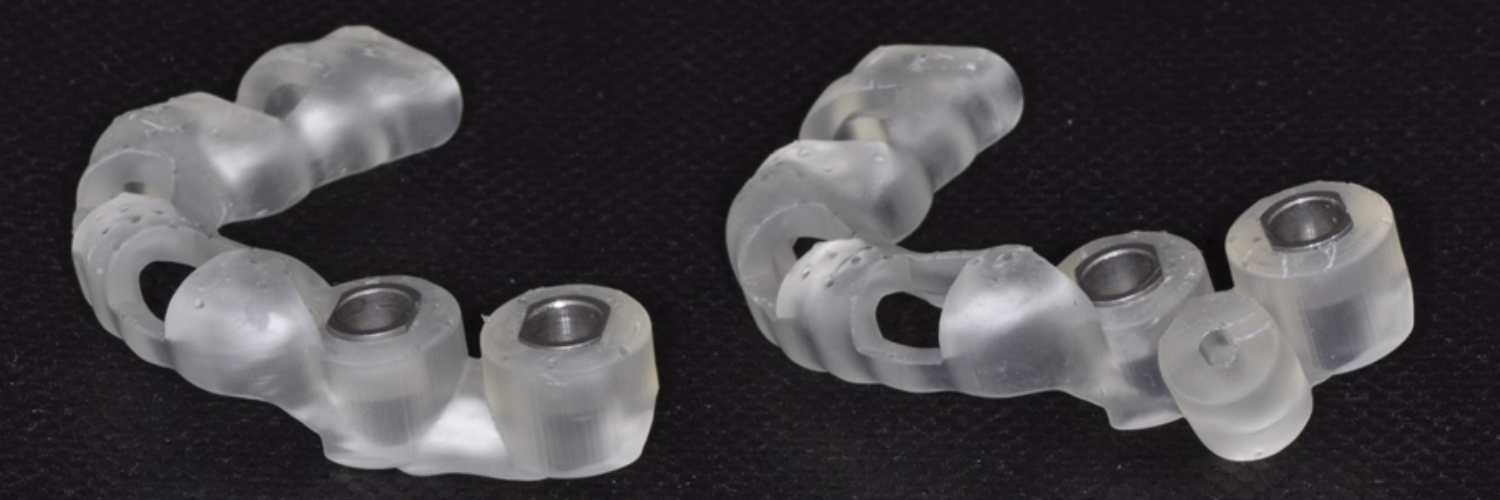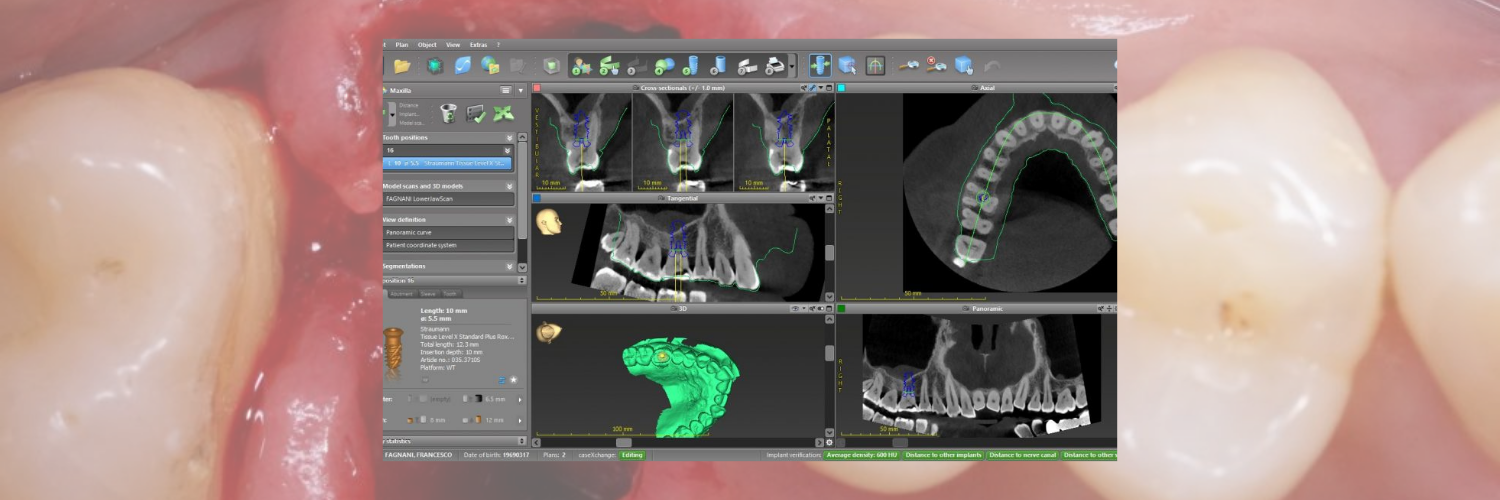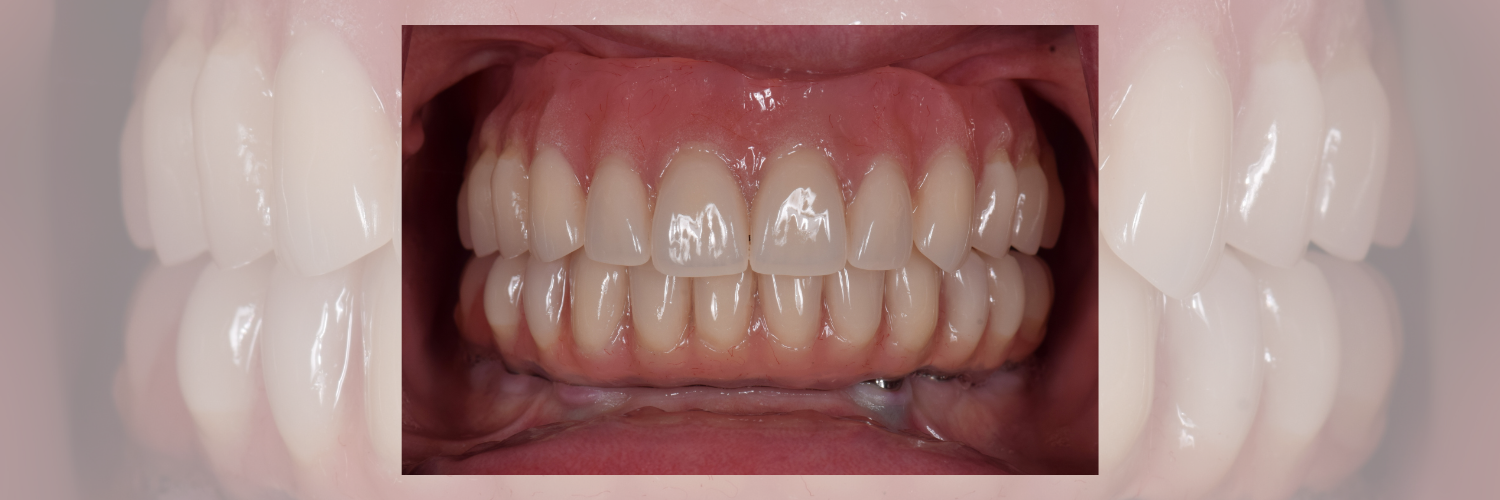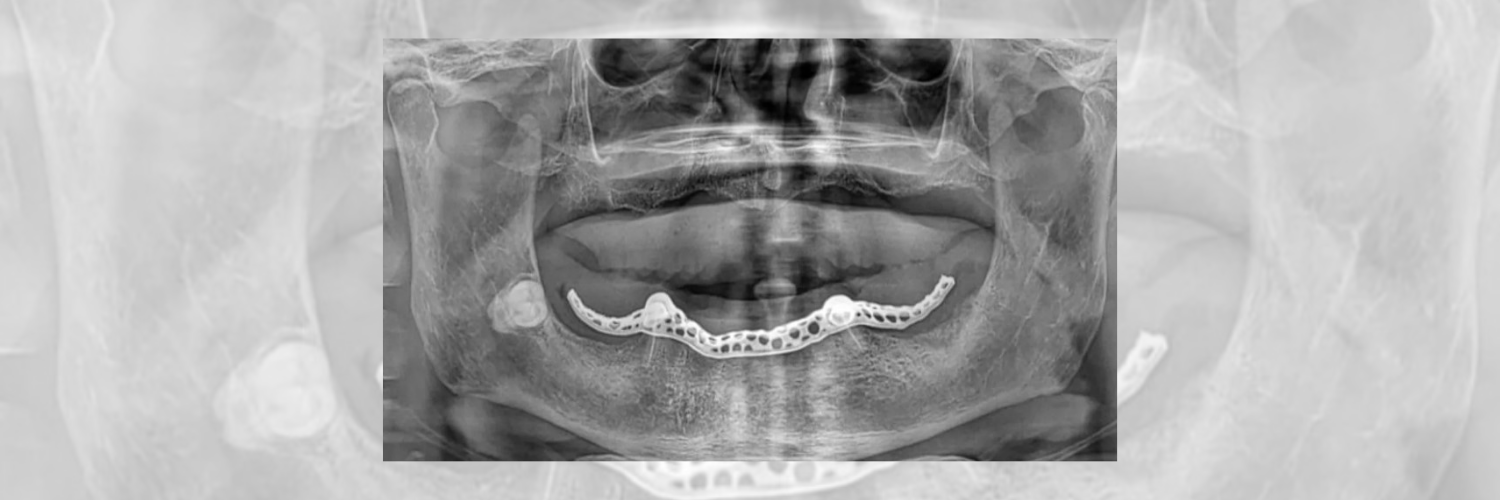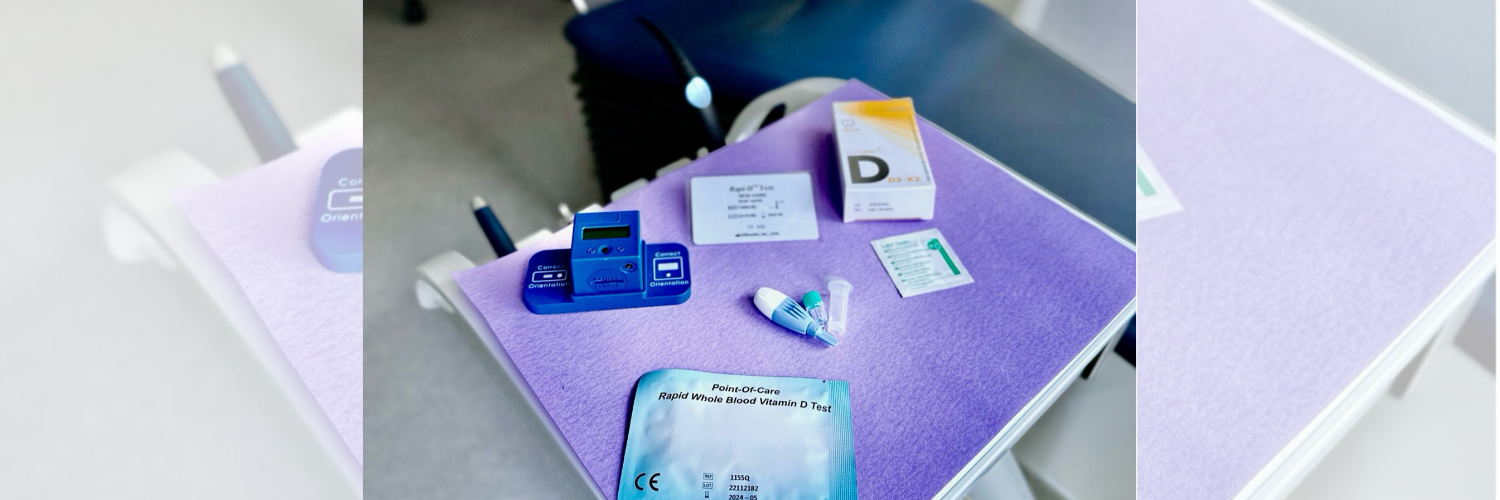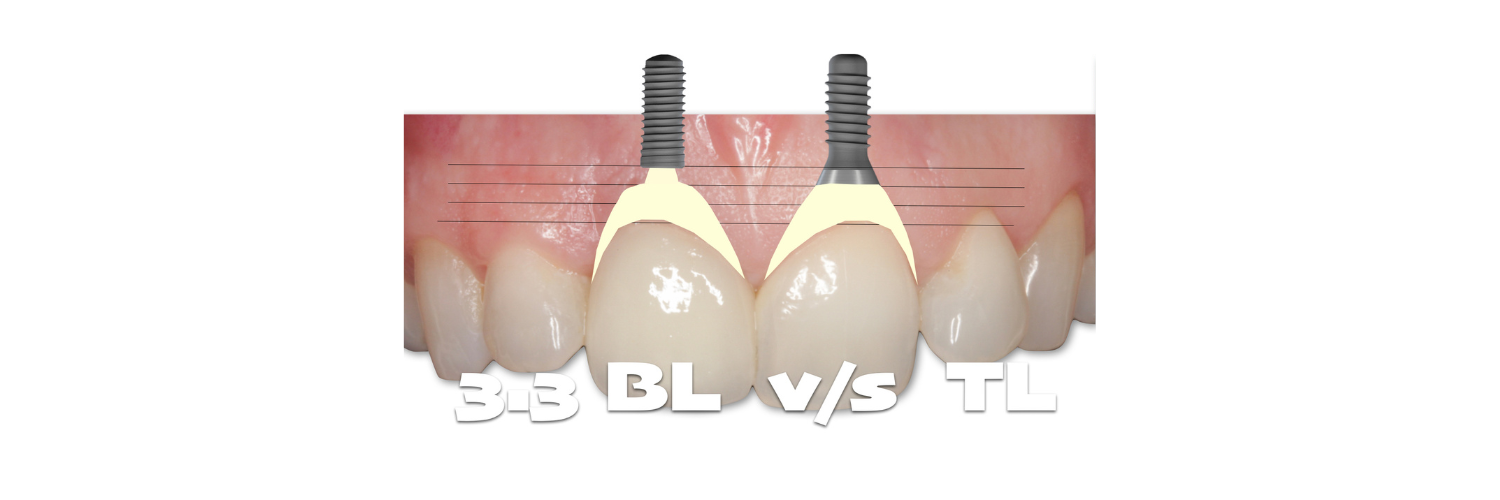
Streamlining implant workflows: Temporary restorations as surgical guides for enhanced precision and efficiency
Streamline your dental implant process with our innovative technique: combining surgical guides and temporary restorations for efficient, accurate, and aesthetically pleasing outcomes. Learn how CAD/CAM technology transforms implant placement in our latest case report!


